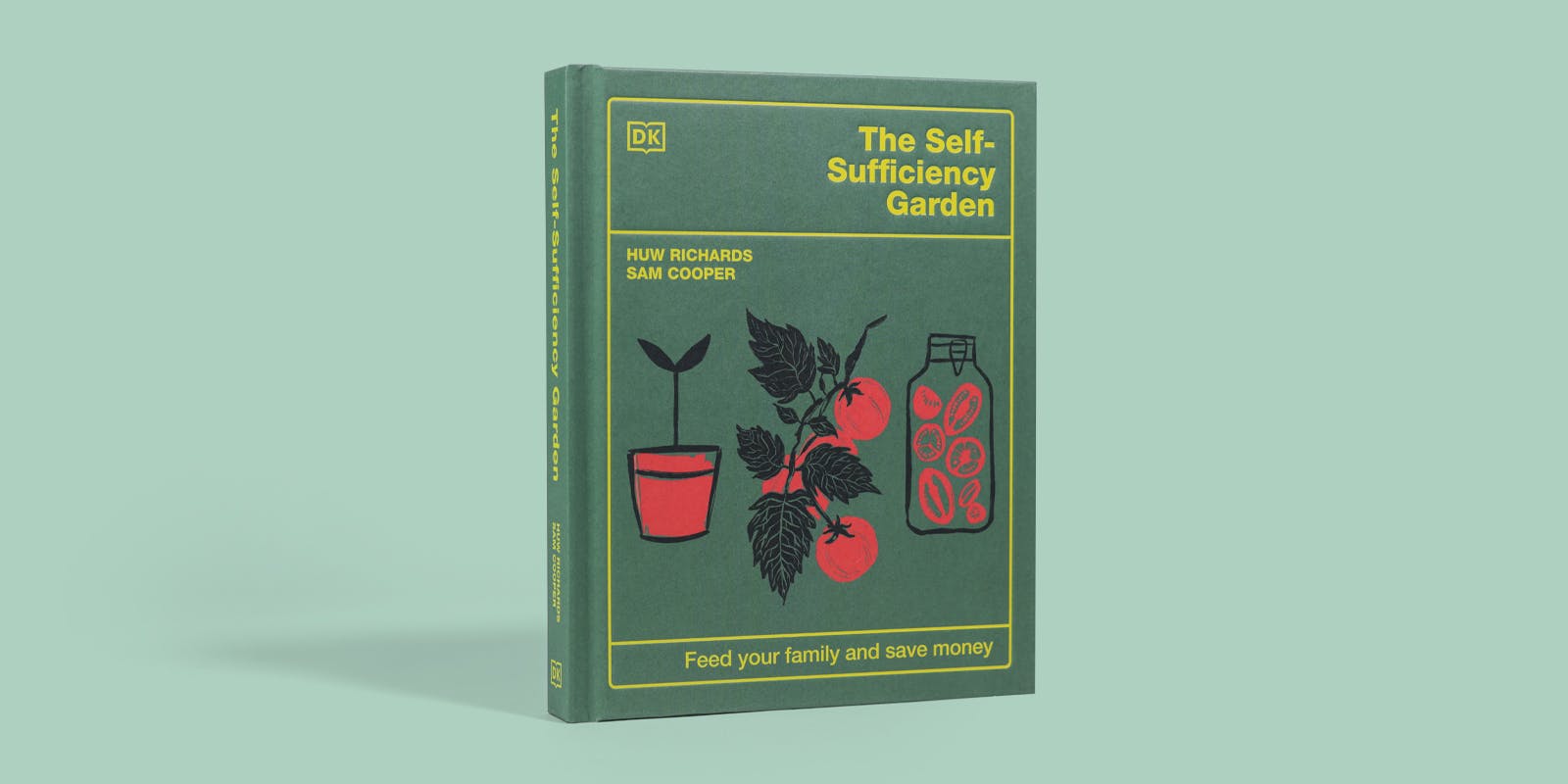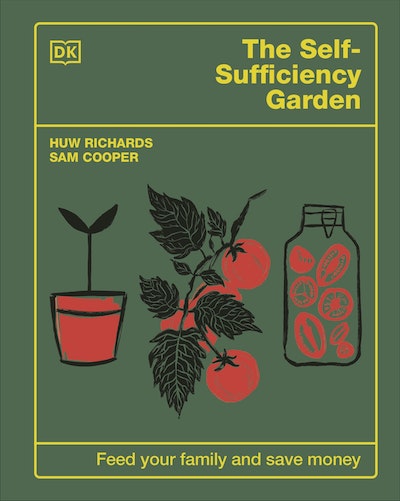Wondering what to put in a compost bin? Check out this advice from The Self-Sufficiency Garden for nutrient-rich compost.
Whether you’re an avid gardener or just trying to cut back on food waste, making your own compost is an easy process that can help your garden thrive.
According to The Self-Sufficiency Garden by Sam Cooper and Huw Richards, ‘Turning waste material into compost produces a beautiful, rich growing resource that is essential for the crops in your garden to survive. Making your own, and not buying it in, is one of the best things you can do to create a more resilient garden.’
While the book focuses on growing your own produce, anyone can start making compost when armed with the right knowledge. Aside from being a great gardening resource, it’s also a great way to recycle waste. Whether you’re starting with a benchtop bin or a backyard compost pile, read on for an excerpt from the book that will outline which items are compostable.
What to put in a compost bin, according to The Self-Sufficiency Garden
Filling the bin: greens and browns
Two types of ingredients are used for composting – green (high in nitrogen) and brown (high in carbon). For every bucket of green material you add to a compost bin, always add a bucket of brown material.
Too much green will result in slimy (anaerobic) compost; too much brown will seriously slow down decomposition. A volume ratio of 50:50 is ideal.
Tip
Covering the base of your bin with a 5 – 7cm (2 – 2¾in) layer of twigs and branches can help provide good airflow and improve decomposition rates.
Green materials
- Used coffee grounds and plastic-free tea bags
- Weeds (no seedheads)
- Grass clippings (unsprayed)
- Fruit and vegetable scraps
- Horse, cow, rabbit, and chicken manure
- Freshly cut plant material
- Seaweed (leave out in the rain before adding to wash off excess salt)
- Spent brewery grain (from a local brewery)
- Hair clippings (from barbers/hairdressers)
- Wool (from packaging)
Brown materials
- Cardboard and newspaper
- Dust from vacuuming
- Chippings and sawdust (from untreated wood)
- Autumn leaves (ideally shredded by lawnmower)
- Hay and straw
- Autumn and winter woody prunings
- Fallen pine needles
- Wood ash
- Tissues and paper towels
- Spent compost (from this season’s pots)
When the bin is full
Once you have finished filling your bin, empty 4 – 5 cans of water over the contents then place a layer of cardboard on top and weigh it down with stones or bricks to keep off excess rain. Too much water can delay decomposition.
To speed up the composting process, turn the pile every six to eight weeks to incorporate air and move less-decomposed outer material inwards into the core. Compost piles shrink as organic materials decompose, so don’t be surprised if yours ends up half its original size.
Finished compost
Compost is ready when the majority of the material is dark in colour and virtually unrecognizable. It is often full of earthworms and other beneficial organisms and the texture should be crumbly with a lovely earthy-fresh smell. Large pieces that haven’t fully broken down can easily be removed and added to the next compost bin.
Three rules for making good compost
- The wider the variety of ingredients you add, the greater the range of nutrients in the finished compost.
- The smaller you chop up the greens and brown material, the faster it will break down.
- Keep at it. There’s no such thing as too much homemade compost.













